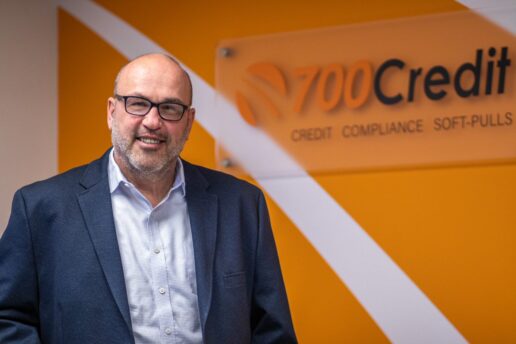
Synthetic identity fraud is a complex issue that continues to increase each year, posing great problems for everyone from auto dealers to lenders alike.
In fact, synthetic identities can severely impact the rate of losses for lenders and dealers. As a result, dealers can accrue millions of dollars of chargebacks yearly, eating away at precious profits.
According to industry experts, the automotive industry encounters thousands of synthetic identity fraud issues every month, potentially costing $1.2 billion in synthetic identity fraud alone.
Synthetic Identity Fraud Explained
Synthetic identity fraud is typically a result of fraudsters using any combination of fictitious information in collaboration with data from an actual person.
Synthetic identity fraud can be difficult to spot, particularly in a digital or automated world. It often goes unnoticed until it is too late.
Frequently, multiple accounts have been opened with a single falsified identity, which can lead to particularly painful outcomes for all involved.
Synthetic Fraud Components
In one synthetic identity fraud example, a fraudster uses their new falsified identity to apply for a new line of credit or an auto loan. This step establishes a credit file for the newly created persona at the credit bureaus.
The fraudster then pays a co-conspirator to add the falsified identity as an authorized user to their credit card. As the co-conspirator continues to pay their bills on time, their good credit behavior is now associated with the new falsified identity.
The fraudster then uses the good, established credit history to open new credit lines and new identities.
Someone performing synthetic identity fraud is playing the long game. The process of building good credit to use later does not happen overnight. Building credit lines and creditworthiness is a time-consuming task that the fraudster undertakes to build up to the “Bust Out” phase.
The Bust Out is when the fraudster maximizes all the credit lines with purchases and prepares to just walk away.
This is where the real danger is to dealers.
Right before the Bust Out, and the impact walking away would have on the fraudster’s credit, the fraudster makes major purchases. The No. 1 purchase is typically a vehicle.
When dealers and lenders eventually uncover synthetic identity fraud, many will investigate to determine whether the dealer performed its correct due diligence to identify the consumer. Lenders typically ask dealers to buy back the loan, particularly when repeated cases occurred.
If dealers cannot document the process they followed, they run the risk of being held liable for the entire fraudulent amount and potentially losing lender relationships. Ultimately, everyone involved feels the impact on their bottom line.
Using Everyday Technology to Prevent Fraud
Preventing synthetic identity fraud is not an exact science. The vast majority of dealers believe they are taking necessary measures to prevent this type of theft.
However, a closer look at these procedures leaves many industry experts scratching their heads in disbelief.
Currently, most dealers use scanning technology to scan a person’s driver’s license. The driver’s license scan satisfies compliance and procedural checklists. Performing the scan will enable optical character recognition (OCR) software to capture the data and populate the CRM at loan application time.
Although this process is important, scanning alone lacks a significantly critical element that can potentially prevent or even thwart the vast amount of synthetic fraud attempts.
Along with scanning someone’s driver’s license, dealers must also use verification technology to validate the driver’s license and verify the person’s true identity. Verification will address red flag, Office of Foreign Assets Control (OFAC) and synthetic fraud checks. One estimation reported 95% of dealers today still do not include this verification step in their process.
With the proliferation of digital and online shopping, verifying and validating an identity are even more crucial. This holds especially true when a potential fraudster is sitting in the privacy of their own home filling out a loan application.
Today, online banking applications widely use mobile and ID scan technologies. Technologies such as these could significantly help dealers during an online transaction.
Stop Blaming Sales Process Friction
The potential counterpoint about identity verification causing “friction” is baseless.
Some dealers might feel an additional step to verify identity creates friction during the transaction. However, millions upon millions of online transactions in other eCommerce platforms occur each day. The average consumer now expects this additional security layer as part of any online transaction. Again, this is especially true for a transaction involving their second-largest purchase, aside from a home mortgage.
Synthetic identity fraud continues to grow and is a problem today for dealers and lender partners across the entire industry. Having thorough training for all employees is important. Raising your employees’ awareness of potential synthetic identity fraud is crucial.
Dealers must implement what is now considered everyday technology. Consumers no longer view verification technology as friction causing delays in transactions.
Although instincts are important, having access to the right tools and sophisticated technology that can help dealers and lenders spot synthetic identity fraud before it happens is more critical than ever.
Ken Hill is managing director for 700Credit, a leading provider of credit reports, compliance, identity verification and soft-pull products.





